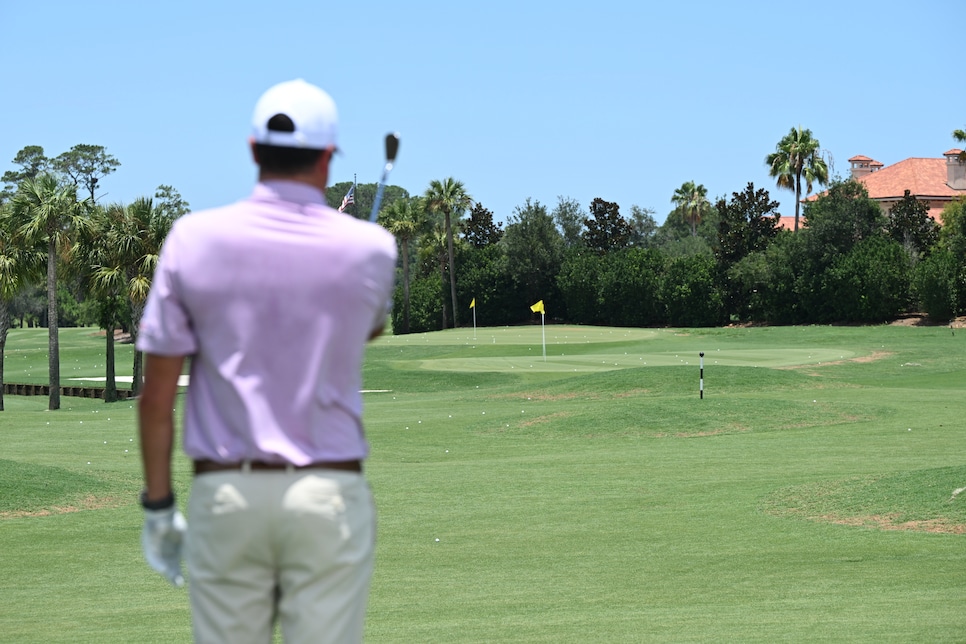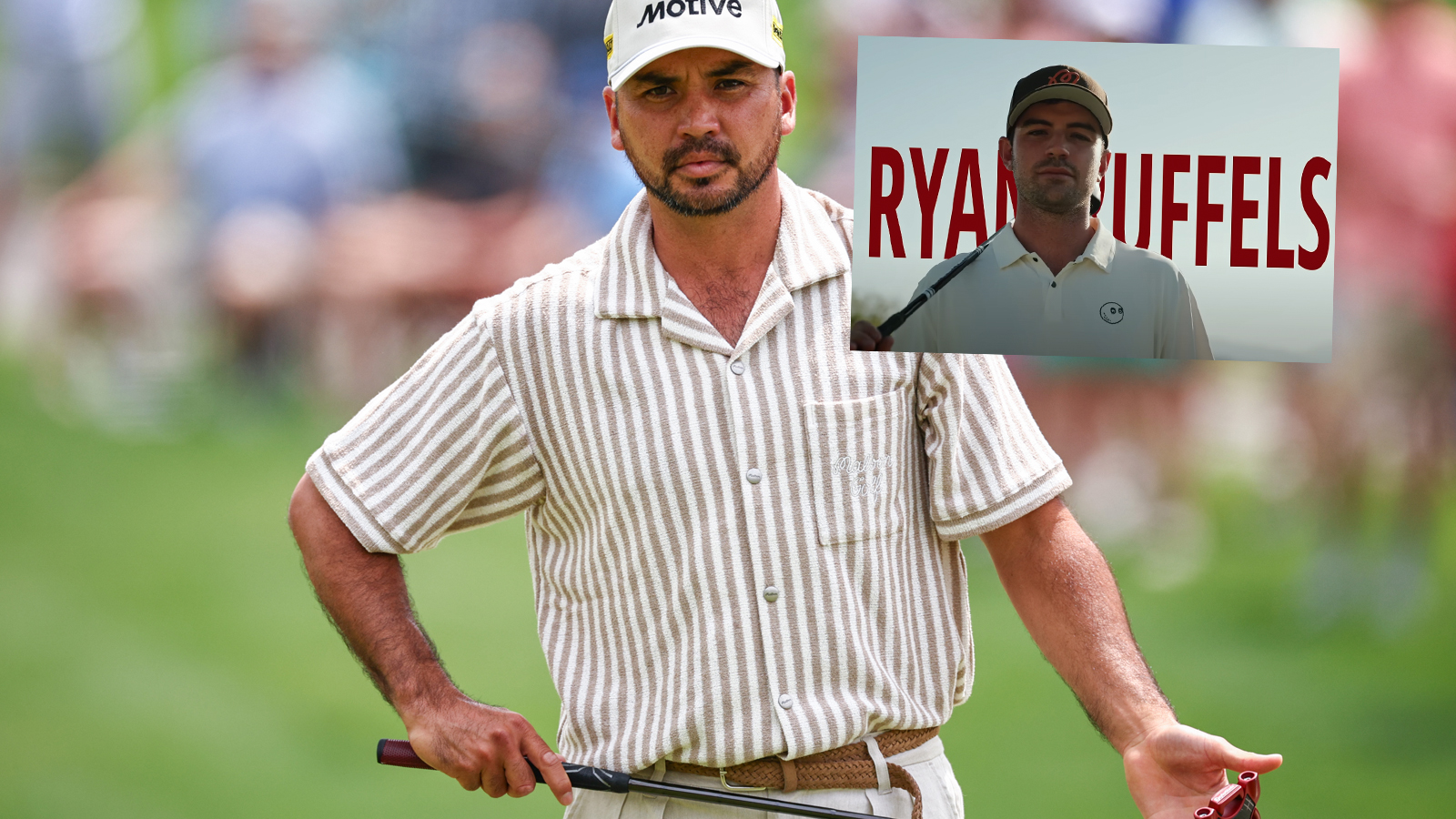Why hitting good misses beats playing for great shots, at least on your scorecard – Australian Golf Digest

- by Admin
- November 6, 2024

Average 90s-shooters miss many more greens in regulation than they hit, especially on approach shots of 150 yards or more. For low handicappers, it might be 175 or 200 yards before the bad misses outweigh the good shots. The point is, when the percentages aren’t in your favor, plan for a miss.
Factoring in your short-game strengths and weaknesses, ask yourself the following questions: (1) Where is my best opportunity to get the ball up and down and save par if I miss the green? (2) Where is the worst place to miss? Knowing the difference between the two could lead to saving par instead of ballooning to a double bogey or worse.
JD Cuban
As an example, take the approach shot I’m simulating here on the driving range. There’s no trouble short and right of the green, but there’s a large greenside bunker protecting the left side. If you’re not a very good bunker player, you wouldn’t want to mess with the left half of this green. The thing to do would be to ignore the flagstick and aim several yards right of center. That way, if you come up short, you’ve got a straightforward chip up to the hole. That’s much more manageable than being in the left bunker.
Always make sure to factor in the probability for a miss, especially on hard-to-hit greens with trouble around them. If you plan wisely, you can still walk away with your par.
This article was originally published on golfdigest.com
The Latest News
-
December 24, 2024North Lamar Australian Basketball
-
December 24, 2024We asked Golf Digest writers the story they were proudest of in 2024, and why – Australian Golf Digest
-
December 24, 2024Blueprint for success: how Australian architects made the world take notice in 2024
-
December 24, 2024‘Novak Djokovic will only care about the Australian Open and Wimbledon’
-
December 24, 2024PNG-Australia NRL Deal: K1.7 billion economic boost and 10,300 jobs expected





